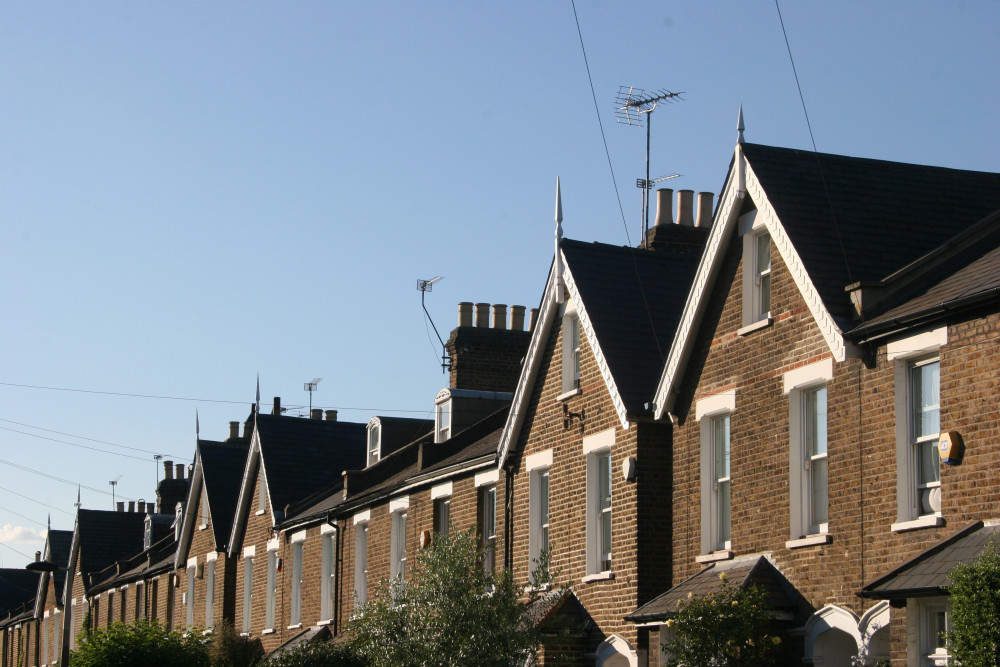How north west homes handle dampness through smart flooring
By James Smith 22nd Jul 2025
By James Smith 22nd Jul 2025

The North West of England presents unique challenges for homeowners when it comes to flooring choices. With its characteristic damp climate and seasonal weather shifts, selecting the right materials becomes particularly important for maintaining both comfort and property value. Many homes across the region face similar issues with moisture, temperature fluctuations, and the practical demands of daily life.
Flooring decisions in this part of the country require careful consideration beyond appearance alone. Manchester, as a regional hub for home improvement, has developed specialised approaches to these challenges. Local knowledge has grown to address the specific needs of North West properties, from period terraces to modern developments, each requiring thoughtful solutions that balance durability with style.
Knowing how different flooring materials perform in these local conditions can save homeowners substantial time and money. When dealing with older properties in need of sympathetic restoration or newer builds requiring practical solutions, the lessons learned across Manchester's diverse housing stock offer helpful recommendations for anyone looking to upgrade their floors.
The Unique Moisture Challenges of North West England Homes
With 30-40% higher precipitation compared to the UK average, North West England flooring must tolerate persistent damp. Properties built during the Victorian and Edwardian eras typically have basic stone or timber floors without modern damp-proofing, leaving them vulnerable to rising moisture.
Stone flooring can absorb water through worn-out damp-proof courses, while suspended timber is vulnerable to mould and rot when ventilation is insufficient. When renovations skip breathable finishes or neglect airflow improvements, future repairs often become unavoidable.
Many problems are discovered during consultations with experienced flooring fitters, who may recommend upgrading membranes or applying sealants that stop damp but allow underlying layers to release trapped moisture. Converted warehouses and mills, popular for their characterful interiors, make things trickier.
Open-brick walls and original timber joinery add to the visual appeal but create extra moisture-management difficulties. Seeking guidance from specialist flooring shops with established Manchester flooring knowledge often leads to smarter product choices, blending protective properties with heritage styling.
The Hidden Cost of Ignoring Dampness
If dampness is ignored, the repair bills can get big. According to the Property Care Association, severe damp in North West homes sometimes leads to repair costs between £2,000-£5,000, depending on how bad the problem is and which floors are affected.
Local case studies show that multi-thousand-pound treatments are not uncommon when damp is left untreated. Moisture also affects health. When water is trapped under floors, it leads to mould. This triggers breathing problems, especially for children, older people, or anyone with existing illnesses.
Many people notice fewer allergies once damp floors are fixed, and removing mould can improve indoor air quality. If left unfixed, damp shows up when selling a house. Surveyors write up issues, which can put off buyers.
The Property Care Association found that buyers often want sellers to take off the amount needed for repairs when damp is found. Dealing with damp quickly avoids these problems and helps keep a property's value steady. Damp floors also waste energy. Moisture in floors draws heat away, so the heating must be on for longer, pushing up bills.
How Different Flooring Materials Perform Against Dampness
Luxury Vinyl Tile (LVT) stands up to damp weather exceptionally well, with 100% moisture resistance compared to laminate's 24-48 hour protection. In the North West, demand for water-resistant LVT has increased by 65% since 2023.
This is because it withstands spills and damp air without warping or staining, unlike timber or regular laminate. Laminate flooring offers moderate moisture resistance when properly installed with vapour barriers. Standard laminate swells and buckles with excessive moisture.
Water-resistant types like Quick-Step's Impressive Ultra have tightly sealed edges blocking water entry. Vapour barriers work as a physical membrane between the subfloor and laminate, preventing rising damp from reaching the flooring material.
Engineered wood gives the look of real wood but tolerates humidity swings better. The cross-grain construction resists warping by distributing moisture stress across multiple layers, making it 70% more stable than solid wood in variable humidity conditions. Carpet remains a favourite in many homes. Wool mixes with synthetic backing deal with moisture well if a good underlay is used.
Practical Solutions for Damp-Prone Areas in the Home
Some parts of the home experience more moisture than others. Bathrooms and kitchens often get wet from daily use. Here, waterproof floors like quality vinyl or ceramic tile with grout that blocks water work best. Fitters make sure to test the subfloor for moisture before fitting the new floor, helping to avoid hidden damp.
Basements in older Manchester homes offer additional challenges. Their concrete floors often let in water from below. Putting flooring straight on the concrete will not work if moisture is present. Raised subfloors create a small gap between the concrete and the floor above.
These systems use panels or batten frames on small pads, letting air flow underneath. Proper installation means first checking the concrete with a moisture meter, then adding a full damp-proof membrane, followed by the raised base and then the chosen floor.
One Manchester homeowner fitted this system in a Victorian basement, added extractor fans, and saw no damp issues even in rainy seasons. Preparing the subfloor is just as important as choosing the visible floor. Laying a damp-proof membrane acts as a strong barrier, while ventilated mats help where damp keeps returning.
Retrofitting Options for Period Properties
Older homes in Manchester and the North West need special flooring due to tight rules about making changes. Breathable carpets made from natural fibres and some types of timber, like European oak or Douglas fir, help moisture move instead of getting trapped.
These types allow water vapour to escape under floors and keep wet patches away. Knowledgeable local installers know which materials and methods work best in these houses. Some special products mix traditional appearance with modern moisture controls. This means homes can stay true to period style but remain safe from the problems damp brings.
Future-Proofing North West Homes Against Climate Change
Forecasts point to even more rain and harsher weather for the North West over the coming years. Many homeowners now look for flooring that keeps moisture out and holds up as the weather changes. Sustainable options like cork and bamboo are gaining popularity.
Cork helps stop mould and keeps spaces warmer. Manchester suppliers often stock Portuguese cork, which works best when fitted above a dry, flat base with a moisture membrane in place.
Bamboo is available from eco-friendly retailers, but must be installed with care. It works well for bedrooms or upstairs areas, as constant damp on the ground floor can shorten its life. Homeowners should check with installers to see if the local climate and subfloor type are suitable before fitting a whole room.
Keeping floors well-ventilated helps them last. UK regulations set out how much air homes need. Trickle vents and reliable fans in kitchens and bathrooms help stop condensation that can damage floors. Timber floors depend on clear air bricks to keep underfloor areas dry.
Early leak detection is now easier thanks to new technology. Devices like LeakBot spot hidden leaks and send alerts to a mobile phone. These gadgets are becoming more common in Greater Manchester. Prices for these detectors have come down and big DIY stores now sell them.
CHECK OUT OUR Jobs Section HERE!
leek vacancies updated hourly!
Click here to see more: leek jobs
Share:

